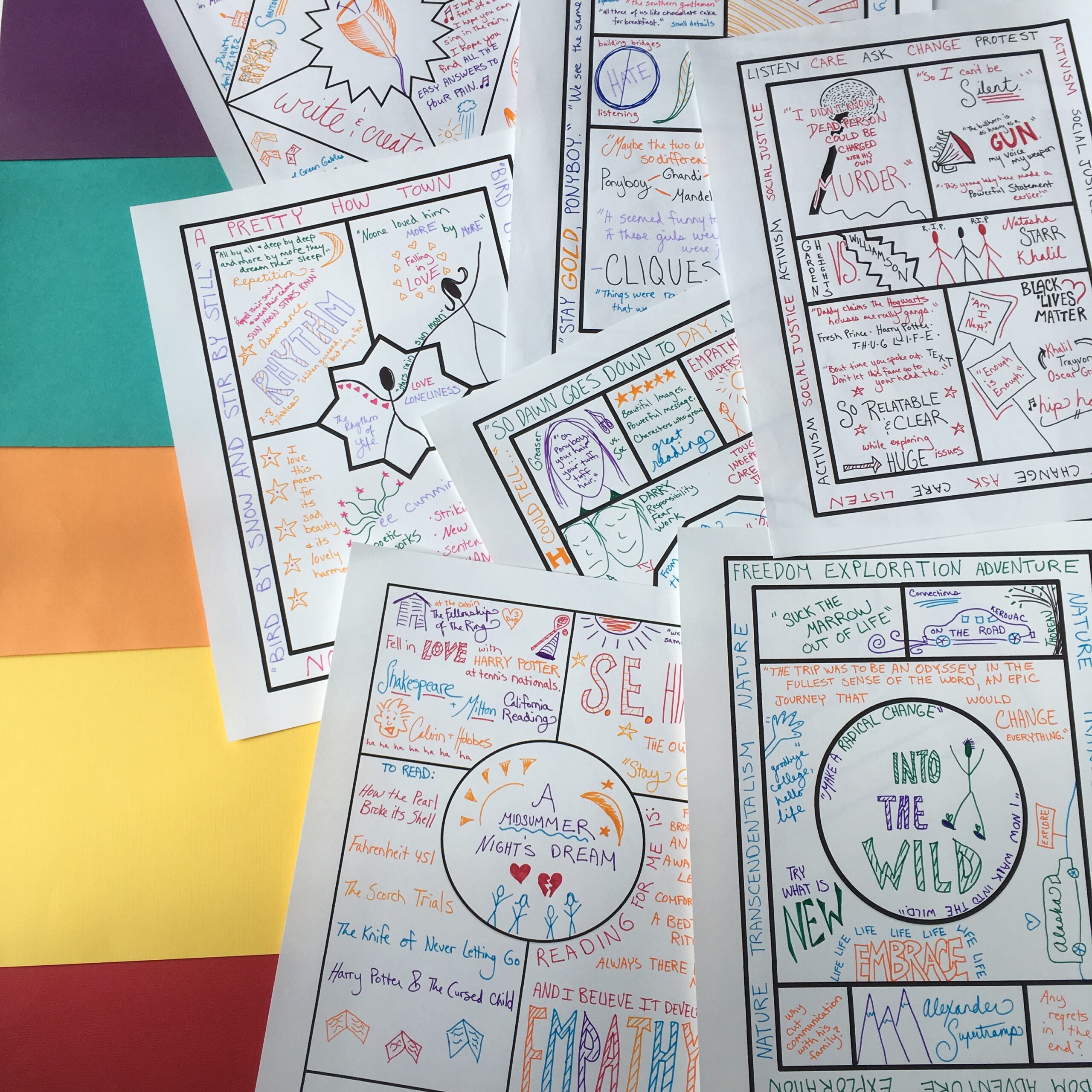
Writer’s workshop can feel intimidating. As with so many teaching methods, it’s easy to think that if you want to try it, you have to CHANGE EVERYTHING. You’ll have to attend a workshop with Lucy Caulkins, spend hours reading all her books, buy special notebooks for every student, change your classroom seating, structure, routines, decor, etc.
Nope. Don’t buy it.
Instead, imagine a toolbox of teaching options. As you learn new teaching strategies, you pop them into your handy dandy red plastic box, and then you grab the right one for any situation. Which means yes, you can use writer’s workshop to help your writers learn new craft strategies and develop their own voices. And no, you don’t have to do that every single day and abandon everything else you do!
Phew, glad we got that figured out.
Introducing Writer’s Workshop
OK, let’s talk about the details. Writer’s workshop is a straightforward format for helping kids grow as writers, though like every strategy, you can build a lot of nuanced skill with it over time. (Just ask my friend Amanda, who has taught me so much about workshop, and guested on the podcast in episode 64!).
Basically, you introduce kids to a concept or skill that you want to share with them – like a great opening, an effective transition, sensory details that shine, etc.
Then you show them that concept or skill in action – it could be something you write together, a mentor text you love, or even an example that you write in front of them.
Finally, you give them time to try their hand at the skill, while you walk around and help. After some time to write, you invite them to do a quick share back.

Not so scary once you see the infographic, right? Writer’s workshop does not need to be intimidating! You could easily try it tomorrow.
How about an Example of a Modern Mentor?
OK, let’s look at an example I love with a modern mentor a lot of kids can connect to – Amanda Gorman.
In this example, you would let your writers know you’re going to look at a powerful way to open a piece of writing (see ya later, rhetorical questions…). You could ask them to notice how Amanda opens her poem, “Earthrise,” and how that opening works with the rest of the piece.
Then you could play them her awesome poem. When it finishes, you could take a few minutes to talk about how she opened with a vivid moment from history and how that opening played out across the poem.
Next, you’d invite them to write something that opens with their own moment from history. You could ask them to write an appeal for a cause or belief, as Gorman does with “Earthrise.” Or you could let them write just about anything, starting with a thematic connection to some moment in history the way she does.
At the end, you could invite everyone to share a line from their piece unless they prefer to pass, or you could invite them to write their vivid historical moment openings on butcher paper on the wall around your room and walk around to see each other’s. Just some quick way to have them share their writing with each other and with you.
Done!


Grab the Templates
Sometimes just having a structure to build this type of lesson on over and over can help make it feel simple. You can plug any of your favorite poetry, essays, Ted Talks, articles, novel passages, and more into slides like these and quickly create a writing lesson in the workshop structure. In fact, why not use these? Click here to make your copy.

Set up Displays of Great Writing
As your students get more familiar with the idea of searching for writer’s craft in what they read, you can guide them in noticing writing they admire and keeping it in mind when they write.
One way to do this is to display inspirational writing on your walls. Penny Kittle displays “Beautiful Words” on her wall – you can do the same, or try a display like the headers you see below, with specific categories.
I suggest having students pull from anywhere and everywhere – their favorite songs, choice reading books, lit circles books, poetry, speeches, etc. Now and then simply invite them to go searching through whatever most compelling texts they’ve recently read and add something to your wall of mentors.






Coming Soon
We’ve got lots more to come on the theme of modern mentors as we move through May. Next week on the podcast, I’m hosting an action-packed collaboration episode with a group of guests sharing their favorite mentor texts and how they use them, so I hope you’re subscribed.
Podcasts can take that boring ten minutes of the day spent staring at the half peeled-off bumper stickers in front of you in traffic and turn them into a boost of creative ideas that get your day started right!



























